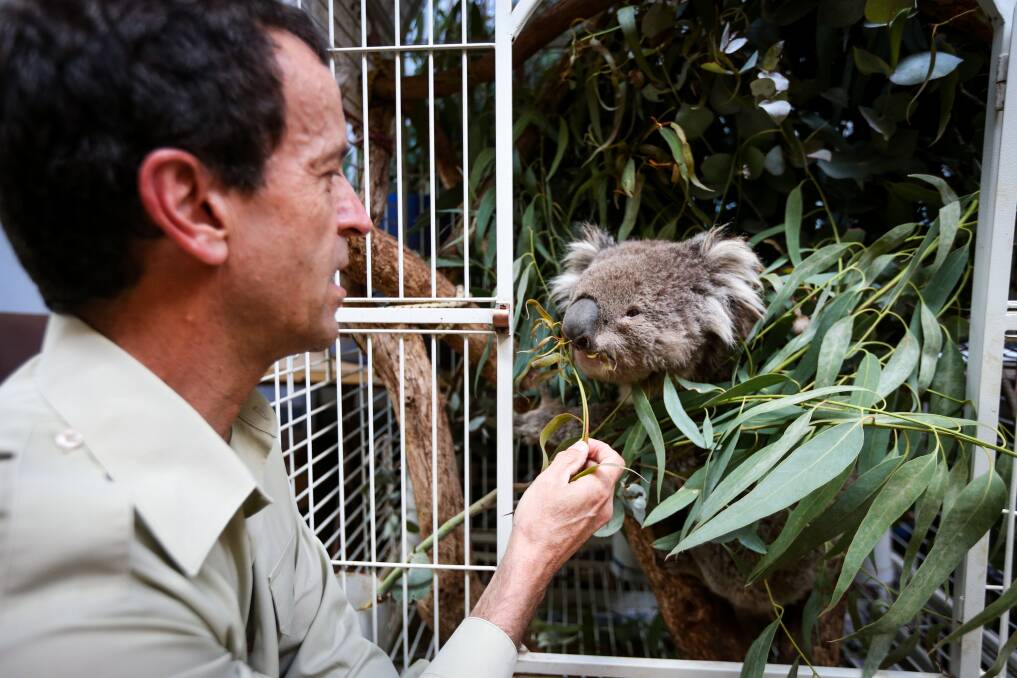
An infection that can be cured with topical cream treatment for dogs is a major concern for the koala populations of the Border and North East.
Subscribe now for unlimited access.
or signup to continue reading
According to Loretta Saunders of Moah's Ark Yarrawonga Wildlife Rescue, sarcoptic mange could decimate the region's koalas.
"We don't have sarcoptic mange in Yarrawonga but it is in Cobram and it's only a matter of time before it gets here, it's a ticking time bomb," she said.
"Sarcoptic mange is more prevalent in Victoria and along the Murray than anywhere else in Australia. It is rampant."
Sarcoptic mange is transmitted by mites which can be found on foxes.
Though curable in most other animals, the mange can be a death sentence for koalas, says Ms Saunders.
"We can save them if we get to them early but otherwise there's no curing it. The drugs you use on a wombat can't be used on a koala.
"They're a very, very sensitive species."
IN OTHER NEWS:
Although chlamydia is the key concern for a majority of Australia's koala populations, it isn't really a factor for North East and Border regions.
Kangaloola wildlife rescuer Chris Lehmann says that in all his time rescuing koalas, he is yet to see chlamydia in this region.
"I can say that we haven't seen chlamydia in this area, Beechworth, Chiltern, Yackandandah," Mr Lehmann said.
"It's sort of common knowledge that there's no chlamydia up here, I've never in all my rescuing time seen it here."
Mange isn't the only threat to koalas however, with habitat destruction causing widespread population displacement.
This means koalas are being sighted in places they haven't been seen in years, Mr Lehmann said.
"We've seen koalas move to the Baranduda and Wodonga area where we haven't seen them for decades," he said.
"We started getting reports of koalas in Wodonga last year, we had six koala sightings in the area last year which is really unusual.
"This doesn't mean that the population is growing, it just shows us that they're in trouble over a wide area."
Mr Lehmann said that he believes the black summer fires and the 2015 fires in Indigo Valley are to blame.
"After the really bad fire around Christmas in the Indigo Valley in 2015, koalas started appearing in Baranduda for the first time in 25 years."
Habitat displacement can have a particularly devastating effect on koalas as their low genetic diversity makes them much more susceptible to complications from environmental changes.
This low genetic diversity may also hamper the koalas ability to cope with infections such as chlamydia and mange.
Mr Lehmann said that Victorian koalas in particular were affected by low genetic diversity due to a translocation program run during the 1900s.
Koalas were transported from Phillip and Raymond Islands where the seed population had been small, causing low genetic diversity.


